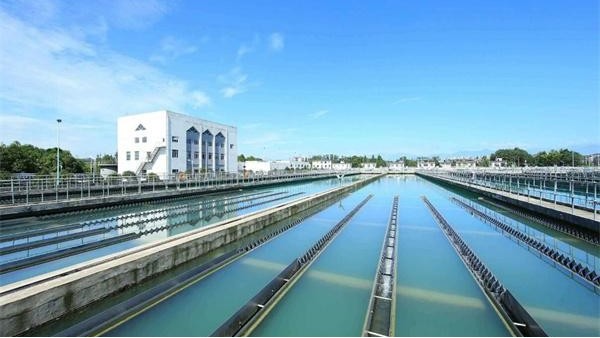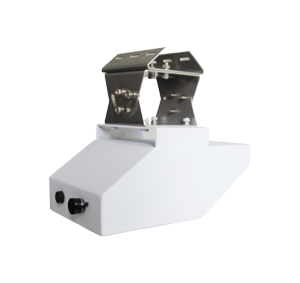Water, as an important resource and medium, requires precise flow measurement to ensure production safety, improve economic efficiency, and conserve resources.
With the continuous advancement of technology, radar flow meters, characterized by non-contact measurement, high accuracy, and strong stability, have been widely applied in the field of water treatment.
Radar flow meters measure the velocity of fluids by emitting microwave signals and receiving their reflected waves. When fluid flows through the measurement area, the microwave signals are reflected by particles or bubbles in the fluid. Using the Doppler effect, the flow velocity is calculated, and the flow rate data is obtained.
Compared to traditional mechanical or differential pressure flow meters, radar flow meters are not affected by the physical properties of the fluid (such as viscosity, temperature, pressure, etc.), making them highly advantageous in the field of water treatment.

In the water treatment process, the application of radar flow meters is mainly reflected in the following aspects:
Raw Water Intake Monitoring: In the raw water intake phase at water treatment plants, radar flow meters can monitor the inflow from rivers, lakes, or reservoirs in real time, providing accurate data to support subsequent treatment processes.
Process Control: During key processes such as coagulation, sedimentation, and filtration, radar flow meters can precisely control the amount of chemicals added and the water flow rate, ensuring that the water treatment meets the expected standards.
Recycled and Reclaimed Water Management: In industrial parks or urban wastewater treatment, radar flow meters can monitor the distribution of recycled and reclaimed water, optimizing the reuse of water resources.
Sewage Discharge Monitoring: Radar flow meters can also be used at the outlet of wastewater treatment plants to monitor the sewage discharge in real time, ensuring that discharge standards comply with environmental regulations.
Pipeline Leak Detection: By installing radar flow meters at critical nodes in the water supply network, abnormal flow changes can be detected in time, helping to locate leakage points and reduce water resource loss.
However, radar flow meters also face challenges in practical applications. For example, in sewage containing large amounts of suspended solids or foam, radar waves may be interfered with, affecting measurement accuracy.

The application of radar flow meters in the field of water treatment highlights their unique advantages in non-contact measurement, high accuracy, and strong stability.
As technology continues to mature and costs gradually decrease, radar flow meters are expected to play an increasingly important role in the water treatment industry in the future.
At the same time, to address the limitations of their use under complex water quality conditions, the industry is continuously exploring new solutions and technological improvements in order to achieve broader application scenarios and higher measurement accuracy.
